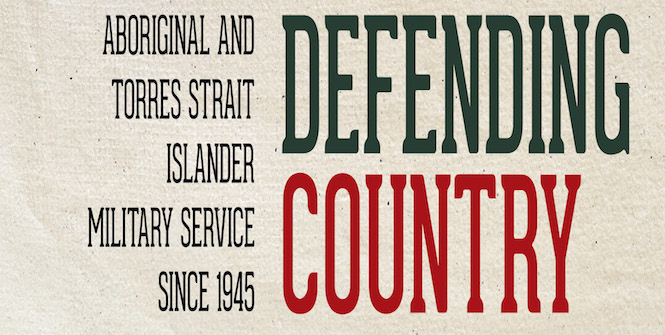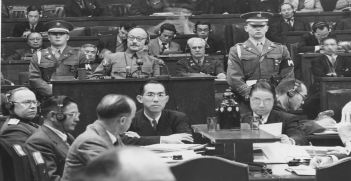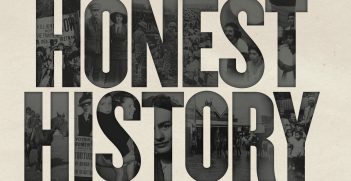Reading Room: Defending Country—Aboriginal and Torres Strait Islander Military Service

In the post-World War II period, significant shifts have occurred in the place of Indigenous servicemen and servicewomen in the Australian armed forces.
Some of these changes have been sudden, such as the removal of restrictions on indigenous service and commissioning, and some have taken decades, such as the gradual improvement in the Australian Defence Force’s responses to racism. Yet, few histories have integrated the broader changes in the place of indigenous Australians with Australia’s military history.
Noah Riseman and Richard Trembath’s thoughtful, innovative and wide-ranging Defending Country is therefore a significant addition to the history of indigenous service, the composition of the Australian armed forces and the experiences of indigenous Australians within Australian national institutions. Set in the political and social context of the treatment of indigenous Australians, the book’s focus is firmly on indigenous soldiers themselves, rather than the structures of the armed forces and government which governed how and where they might serve.
The book’s chapters are thematic, following a broad chronology from 1945 to today. Breaking away from the common focus of military history on operational service as the paragon of a soldier’s experience, the authors’ chapter on indigenous veterans’ engagement with the Returned and Services League shows that, at times, the institution tentatively advocated for indigenous servicemen. Riseman and Trembath’s exploration of indigenous servicewomen, focusing on the experiences of four women, challenges the idea that indigenous service was primarily a male experience. In this chapter and that examining indigenous service in Vietnam, oral history is well-used, illuminating an area of Australian service so often absent from official documents and contemporary accounts. Riseman and Trembath have also placed indigenous experiences in the armed forces in the context of the broader efforts for equality, recognition and reconciliation, noting how awkwardly indigenous participation in the military sat with indigenous activism, particularly during the Vietnam War.
It is Riseman and Trembath’s examination of racism towards indigenous people in the Australian armed forces that in particular makes this the standard work on Aboriginal and Torres Strait Islander participation in the military. The chapter deliberately focuses on perceptions of racism, leaving the detail of structural and institutional racism for other historians. The authors explore the variety of influences on an individual’s perception of racism within the ADF, including the nature of work, branch of service and skin colour and place this within the context of the wider Australian society. In doing so, Defending Country takes the oft-cited statement that racism was curtailed in the ranks relative to wider society and subjects it to incisive, cogent and engaging examination. The authors argue that while reports of discrimination have risen since the 1980s for a variety of complex factors, indigenous servicemen and servicewomen have also been more assertive in tackling prejudice. Meanwhile, the ADF has been increasingly proactive in addressing complaints, albeit from a low base prior to the 1990s.
It is through this well-reasoned analysis, rich with the voices of indigenous servicemen and servicewomen, that Riseman and Trembath’s study fills a glaring gap in Australia’s history, not just by examining how and why indigenous soldiers served in the Australian armed forces, but also, as they point out, by broadening our conception of Australian military history and Australian identity.
Noah Riseman & Richard Trembath, Defending Country: Aboriginal and Torres Strait Islander Military Service since 1945, University of Queensland Press, 2016, ISBN: 978 0702253977
Dr Tristan Moss is currently an Honorary Visiting Fellow at the Australian Catholic University. He is also an Adjunct Lecturer at the University of New South Wales, Canberra.
This article is published under a Creative Commons Licence and may be republished with attribution.





